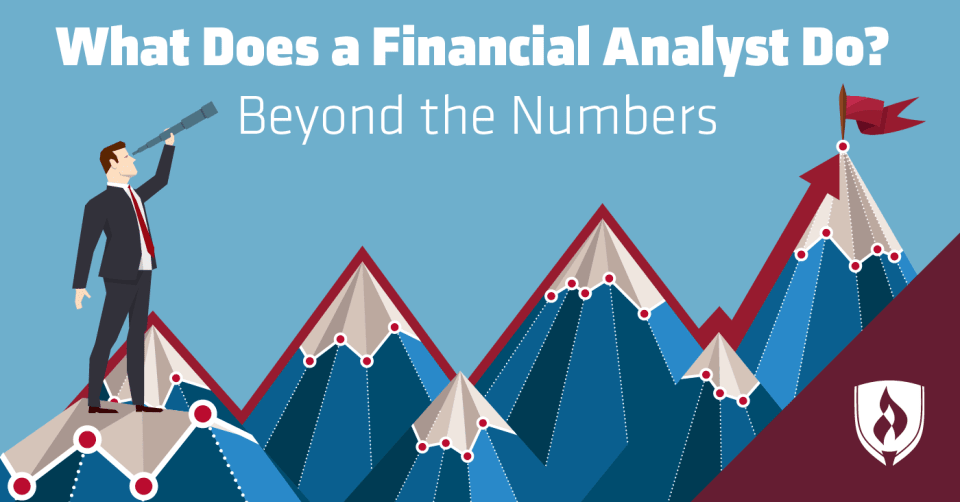Table of ContentsNot known Facts About What Is A Bond Pread FinanceGetting The How Is A Bond Represented In The Yahoo Finance To WorkThe 30-Second Trick For What Is A Bond In FinanceThe Of What Is New Mexico Activities Or Expenditures Do The Bond Issues Finance "2017"
There are also bonds where a combination of the two are applicable however we will explain each separately. what is a gt bond (finance). Interest Payments There are interest rates associated with the bonds and interest payments are made occasionally to the investor (i.e. semi-annual). When the bonds are provided, a promise to pay the interest over the life of the bond as well as the principal when the bond becomes due is made to the investor.

Usually tax would be due on the interest each year and when the bond comes due, the principal would be paid tax totally free as a return of cash basis. Purchasing at a Discount rate Another method to make money on a bond would be to acquire the bond at a discount rate and at a long time in the future make money the face value of the bond.
10 years from the date of the purchase the investor would receive $10,000 (a $1,000 gain). Normally, the financier would be required to recognize $100 of income per year as "Initial Problem Discount Rate" (OID). At the end of the 10 year period, the gain will be acknowledged and the $10,000 would be paid however only $100, not $1,000, will have to be recognized as income in the final year.
If a financier is less risk oriented or approaching retirement/in retirement they would be more likely to have a portfolio with a greater allowance to bonds than a young investor ready to take threat. This is because of the volatility in the stock exchange and impact a down market has on an account near or in the distribution stage.

in an environment of rising rate of interest, the value of a bond held by a financier will decline. If I purchased a ten years bond two years ago with a 5% interest rate, that bond will decline if a financier can purchase a bond with the exact same level of danger at a higher interest rate today.
If the bond is held to maturity it will earn the stated rates of interest and will pay the investor face value but there is an opportunity expense with holding that bond if there are comparable bonds readily available at greater rates of interest. most pertinent with high threat bonds, default danger is the risk that the provider will not have the ability to pay the face value of the bond.
A bond held by a financier is just as great as the ability of the provider to pay back the amount assured. typically times there are call functions with a bond that will enable the company to settle the bond earlier than the maturity date. In a declining interest rate environment, an issuer might issue new bonds at a lower interest rate and use the profits to pay off other impressive bonds at greater interest rates - what is the term of a bond in finance.
Fascination About A City Could Issue Which Type Of Bond?
a high inflation rate environment will adversely affect a bond because it is likely a time of increasing rates of interest and the acquiring power of the profits earned on the bond will decline. For instance, if an investor purchases a bond with a 3% rate of interest but inflation is increasing at 5% the purchasing power of the return on that bond is worn down.
Bonds released by the federal government are backed by the full faith and credit of the U.S. Federal government and for that reason are frequently described as "risk-free". There are always dangers related to investing but in this case "risk-free" is referring to the concept that the U.S. Government is not most likely to default on a bond and therefore the investor has a high probability of being paid the stated value of the bond if held to maturity but like any investment there is risk.
An investor will purchase the bond at a price listed below the face worth and be paid the stated value when the bond develops. You can bid on these bonds straight through www.treasurydirect.gov, or you can purchase the bonds through a broker or bank. Treasury Costs Short-term financial investments sold in $1,000 increments.
These bonds have a duration of less than a year and for that reason, in a regular market environment, rates will be less than those of longer term bonds. Treasury Notes Sold in $1,000 increments and have terms of 2, 5, and ten years. Treasury notes are often purchased at a discount rate and pay interest semi-annually.
federal government bond market and examine the marketplaces take on longer term macroeconomic trends. Treasury Bonds Comparable to Treasury Notes however have periods of 30 years. Treasury Inflation-Protected Securities (IDEAS) Sold in 5, 10, and 20 year terms. Not just will TIPS pay periodic interest, the face value of the bond will likewise increase with inflation each year.
Rates of interest on SUGGESTIONS are typically lower than bonds with like terms because of the inflation defense. Cost savings Bonds There are two types of cost savings bonds still being issued, Series EE and Series I (what is the term of a bond in finance). The biggest distinction in between the two is that Series EE bonds have a set rates of interest while Series I bonds have a fixed rates of interest as well as a variable interest rate element.
Generally these bonds grow in twenty years but can be cashed early and the cash basis plus accumulated interest at the time of sale will be paid to the financier. Bonds provided by states, cities, and city governments to money specific tasks. These bonds are exempt from federal tax and depending on where you live and where the bond was released they may be tax free at the state level too.
The Greatest Guide To What Does A Bond Can Be Called Finance
Government Commitment Bonds are secured by the full faith and credit of the issuer's taxing power (property/income/other). These bonds should be approved by citizens. Profits Bonds are protected by the earnings stemmed from particular activities the bonds were used to fund. These can be profits from activities such as tolls, parking lot, or sports arenas.
Firm bonds are used to promote activity such as increasing own a home or agriculture production. Although they are not backed by the full faith and credit of the U.S. Government, they are considered as less risky than business bonds. These bonds are issued by business and although deemed more dangerous than federal government bonds, the level of risk depends on the business providing the bond.
The level of risk with the bond is straight associated to the interest rate of the bond. Usually, the riskier the bond the higher the rates of interest. Hi, I'm Rob Mangold. I'm the Chief Operating Officer at Greenbush Financial Group and a contributor to the cash Smart Board blog site. We created the blog site to provide methods that will assist our readers personally, expertly, and financially.
If there are concerns that you need answered, pleas feel totally free to take part on the discussion or contact me straight. (Checked out 361 times, 1 gos to today).
A bond is an instrument of indebtedness of the bond issuer to the holders. Identify the various types of bonds from other types of securities A bond is an instrument of insolvency of the bond provider to the holders. The company owes the holders a debt and, depending on the terms of the bond, is required to pay them interest (the voucher) and/or to repay the principal at a later date, termed the maturity.
Bonds and stocks are both securities, however the major distinction in between the 2 is that (capital) stockholders have an equity stake in the company (i.e. they are owners), whereas shareholders have a lender stake in the business (i.e. they are lenders).: A municipal bond is a bond provided by an American city or other regional government, or their https://www.inhersight.com/companies/best/reviews/equal-opportunities companies.
It is a bond that a corporation problems to raise money efficiently in order to expand its business.: A United States Treasury bond is a federal government debt provided by the United States Department of the Treasury through the Bureau of the general public Debt, with a maturity of twenty years to thirty years.
The Greatest Guide To What Is The Symbol For 2 Year Treasury Bond https://www.businesswire.com/news/home/20191125005568/en/Retired-Schoolteacher-3000-Freed-Timeshare-Debt-Wesley#.Xd0JqHAS1jd.linkedin In Yahoo Finance
A bond is a financial obligation security, under which the provider owes the holders a debt and, depending on the terms of the bond, is required to pay them interest (the coupon) and/or repay the principal at a later date, called the maturity. Interest is normally payable at fixed periods (semiannual, annual, in some cases month-to-month).